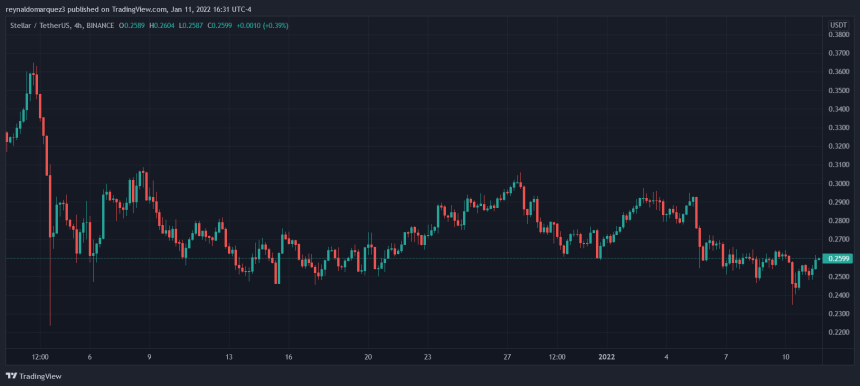Related Reading | Stellar Network Processes 1.8 Billion Transactions, Was 2021 Its Best Year Ever?
Custodial services generally use muxed accounts to map incoming payments to an internal customer database. Businesses may use muxed accounts to map incoming payments to an invoice or customer account.Other characteristics for muxed accounts, as revealed by the SBF, are the differences in its encoding, they will be 69 characters long and not 56 as a traditional account, and in their base values. As a result, Muxed accounts will have M as their first character rather than G.
Muxed To Improves Transaction Experience On Stellar
Per its GitHub , Stellar’s new account model could open more possibilities for the users, and all actors operating on this network and could finally remove the limitations of using a memo-based model:Experience shows that people frequently forget to include the memo ID, resulting in either lost funds or onerous support calls. Moreover, memo IDs are per transaction, not per occurrence of an account ID, which imposes restrictions on the use of multiplexed accounts. (…) By adding an optional memo ID to the account ID type, we make multiplexed (Muxed) accounts a first-class abstraction that can be used anywhere a normal account ID can be used.This could significantly improve the way exchanges and custodial services operate with Stellar transactions, and users will save time and money as they will no longer need to manually participate in a transaction. The SBF revealed that muxed accounts was implemented in the Protocol 13 update.
This update was introduced in 2020, but muxed accounts remained hidden until yesterday, January 10th, 2022. Due to its incompatibility with older versions of the Stellar software, projects on this network were given time to update and adjust to the new model.
Related Reading | How Stellar Will Host Ukraine’s CBDC Pilot Test With Tascombank













